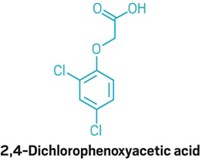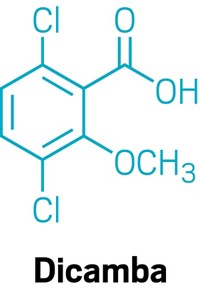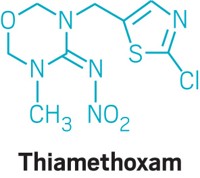Advertisement
Grab your lab coat. Let's get started
Welcome!
Welcome!
Create an account below to get 6 C&EN articles per month, receive newsletters and more - all free.
It seems this is your first time logging in online. Please enter the following information to continue.
As an ACS member you automatically get access to this site. All we need is few more details to create your reading experience.
Not you? Sign in with a different account.
Not you? Sign in with a different account.
ERROR 1
ERROR 1
ERROR 2
ERROR 2
ERROR 2
ERROR 2
ERROR 2
Password and Confirm password must match.
If you have an ACS member number, please enter it here so we can link this account to your membership. (optional)
ERROR 2
ACS values your privacy. By submitting your information, you are gaining access to C&EN and subscribing to our weekly newsletter. We use the information you provide to make your reading experience better, and we will never sell your data to third party members.
Environment
Minnesota restricts neonicotinoids
by Britt E. Erickson
September 5, 2016
| A version of this story appeared in
Volume 94, Issue 35
Minnesota now has the toughest restrictions in the U.S. on the use of neonicotinoid pesticides. When imposing these controls, the state claimed that the chemicals “present toxicity concerns for honeybees, native bees, as well as other pollinating insects.” In an Aug. 26 executive order, Minnesota Gov. Mark Dayton (D) directed the state’s agriculture department to require pesticide applicators to show a “verification of need” before they spray neonicotinoids. “Bees and other pollinator populations have been in decline in Minnesota and across the country due to a variety of pressures including habitat loss, pesticides, diseases, and parasites,” the order states. A special review initiated in late 2013 by Minnesota’s agriculture department found evidence that neonicotinoids can be deadly for bees and other pollinators. The order doesn’t limit the use of seeds coated with neonicotinoids because the state does not have the authority to do so. Environmental groups are urging the state to adopt new legislation that would allow it to impose such restrictions on coated seeds as well as the dust released when treated seeds are planted.






Join the conversation
Contact the reporter
Submit a Letter to the Editor for publication
Engage with us on Twitter